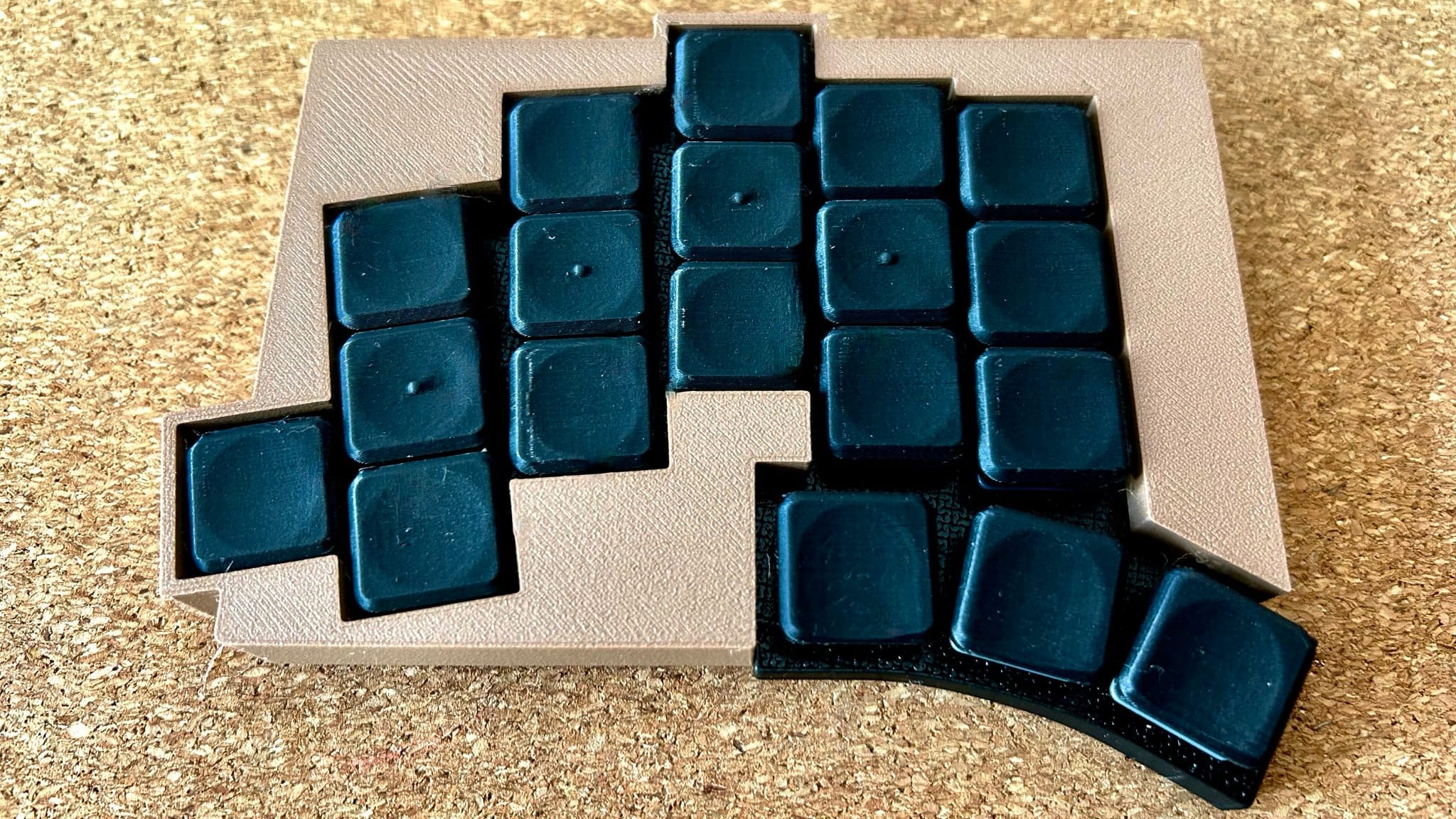Hey HN – Akshay & Ashwin here, founders of Spine AI (YC S23). We’d like to show you our new product: Spine Canvas.
TL;DR: Spine AI is an infinite visual workspace where you can collaborate with 300+ AI models and agents to think and create better than you would in a single chat. You can try it without signing up: app.getspine.ai/guest
Backstory:
We started building multilingual RAG in 2022, got into YC S23, and through multiple iterations learned that users want iteration and control – not just another chat interface.
ChatGPT was originally meant to collect training data for GPT’s next version — but it blew up because it made AI accessible. While chat is great for Q&A, it’s terrible for thinking: you get stuck in linear threads, the only way to iterate is to send another message, and you can’t control how much of the previous context the model actually remembers.
Each model also has its own “superpower”: Claude is great for coding, Gemini for critique, Grok for marketing. I often use different LLMs as advisors, because each brings a slightly different lens – useful when you’re thinking deeply, exploring tradeoffs, or checking blind spots.
So we built Spine:
Spine Canvas lets you think in blocks instead of threads. You can connect blocks, which ensures implicit context passing. You can also explicitly refer to connected blocks as part of the current block’s parameters.
We have dedicated blocks for: Image generation, deep research reports, slides, chats, prompts. All of these can pass context seamlessly between each other.
Because it’s a canvas, you can branch — explore rabbit holes without losing the main path. You can swap models freely. Lists are first-class citizens: run the same process across multiple items (e.g., “deep research these 10 companies”) simultaneously. You can change a single block and trickle updates through the entire branch.
To help with the blank-canvas problem, we have an AI assistant that helps you get thinking right away by building you your initial canvas. You can also bring in context from outside – chats from other LLMs, YouTube videos (with transcripts), or web pages – and treat them like native blocks on the board. We also have Miro-style notes and shapes to let you add human context directly into your AI workspace.
How we use it (and who else does):
The simplest way to use Spine is to chat with the latest models, branch the conversation at any point, and continue it with different models on the same board.
As a visual founder, I use Canvas to map GTM, product priorities, and engineering decisions. For example, the prompt engineering for our upcoming App block came from exploring how six different LLMs reasoned about the system prompts of other AI tools – all in one board, in under 20 minutes. I hit “flow” a lot more because everything lives in a single workspace.
Founders have been surprisingly early adopters – probably for chaos-meets-structure reasons. Product folks, especially those who use tools like Miro or FigJam, use it for strategic planning, prioritization, and finding blind spots or connections in their roadmaps.
Investors use it for market research since our deep research reports are more comprehensive and easier to iterate on than the chat LLMs. And we’ve seen some power users use it for learning new concepts.
The Ask:
Give it a try and tell us what you think.
You can use it right now without signing up: app.getspine.ai/guest
If you create an account, there’s a free plan with 2,000 monthly credits + 500 daily (credits scale with underlying model costs).
If you want to chat: founders@getspine.ai, Discord: https://discord.gg/KuHzF6zBPs
Appreciate your time!
Comments URL: https://news.ycombinator.com/item?id=45867678
Points: 1
# Comments: 0
Source: app.getspine.ai


